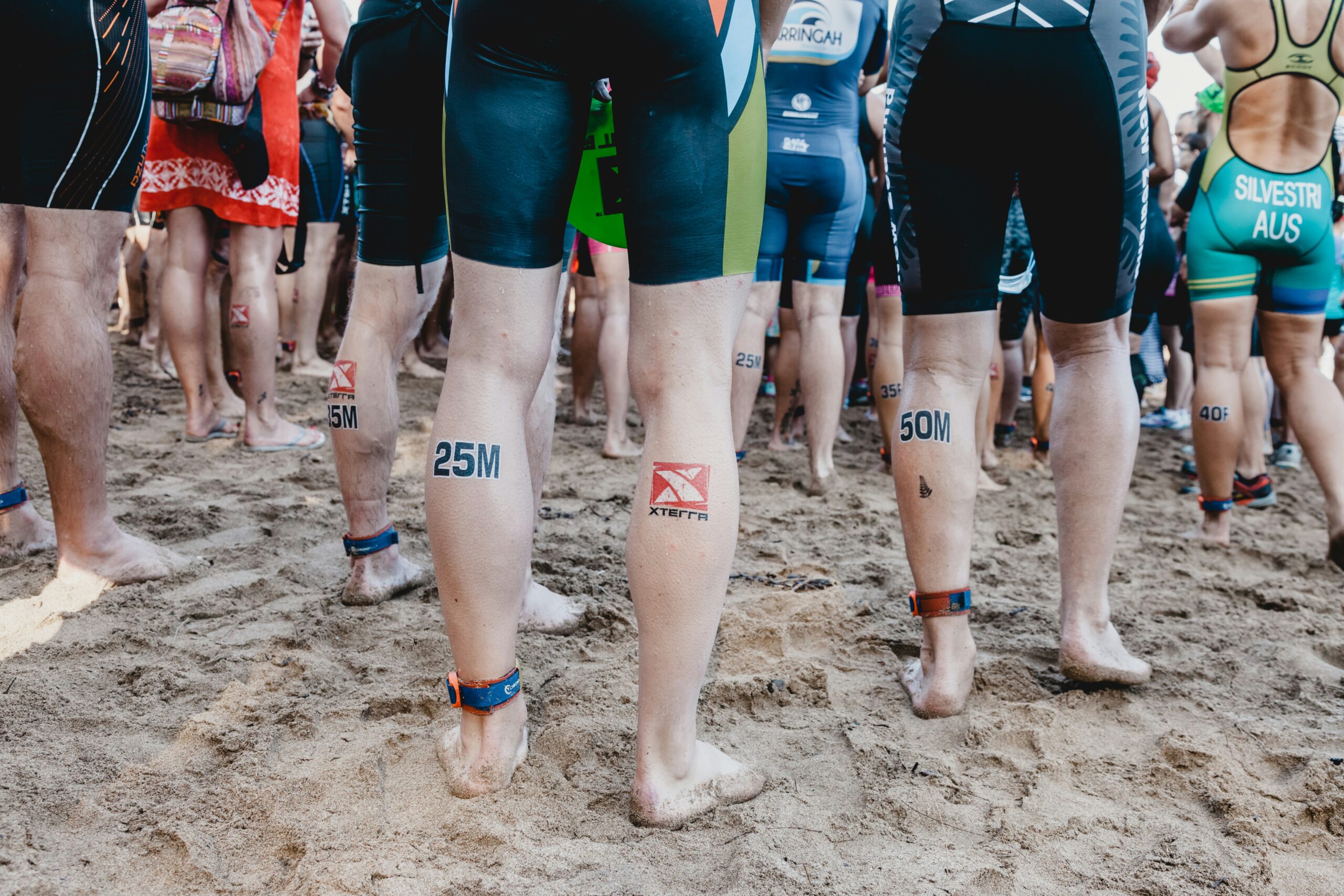How to Avoid Common Injuries in Sports
In the high-octane world of sports, where athletes push their bodies to the limit, injuries loom like shadows, ready to pounce. It’s a harsh reality that even the most seasoned players can’t escape. I remember my friend Tom, a local soccer star, who once boasted about his invincibility—until a sprained ankle sidelined him for weeks. It struck me then that no matter how fit you are, injuries can happen to anyone. So, how can we dodge those pesky injuries that seem to lurk around every corner? Let’s dive into some strategies that can help keep you on the field, court, or track rather than nursing an injury on the sidelines.
Understanding Common Sports Injuries
First off, it’s essential to know what you’re up against. Common sports injuries range from minor sprains to serious fractures. Here’s a quick look at some of the usual suspects:
- Sprains: These occur when ligaments—the bands of tissue that connect bones at a joint—are stretched or torn. Ankle sprains are particularly common.
- Strains: Often confused with sprains, strains involve muscles or tendons. Hamstring strains are a frequent complaint among runners.
- Fractures: Broken bones can happen in any sport, but contact sports like football can see a higher incidence.
- Tendinitis: This is inflammation of the tendons, often seen in sports that require repetitive motions, like swimming or tennis.
- Concussions: More common in contact sports, these brain injuries can have long-lasting effects if not properly managed.
Understanding these injuries is half the battle. Now, let’s look at how to prevent them.
Warm-Up and Cool Down: The Dynamic Duo
Let’s start with the fundamentals: the warm-up and cool-down. Oh, you think you can skip those because you’re young and spry? Think again! Warming up isn’t just a suggestion; it’s a critical component of any workout routine.
A solid warm-up prepares your muscles, heart, and mind for the impending exertion. A typical warm-up should last about 10 to 15 minutes and include dynamic stretches—think leg swings, arm circles, and lunges. These movements increase blood flow to your muscles and improve flexibility. I’ve always found that a good warm-up not only gets my body ready but also puts me in the right frame of mind for the game ahead.
On the flip side, the cool-down is just as vital. After you’ve given it your all, a proper cool-down helps your body transition back to a resting state. It can include static stretching, where you hold stretches for 15-30 seconds, focusing on the major muscle groups you used during your activity. This practice can help alleviate muscle soreness and stiffness in the days that follow.
Strength Training: Building a Fortress
Another essential pillar in injury prevention is strength training. You might be thinking, “I’m not trying to become a bodybuilder!”—and I get it. But strength training doesn’t have to mean pumping iron until you resemble The Hulk. Instead, it’s about enhancing the strength of the muscles, tendons, and ligaments that support your joints.
Incorporating a strength training program into your weekly routine can be a game-changer. Focus on exercises that target all major muscle groups, such as squats, lunges, deadlifts, and push-ups. I’ve seen countless athletes, including myself, benefit from improved stability and reduced injury risk after committing to regular strength sessions. Plus, there’s something undeniably satisfying about lifting weights and feeling stronger!
Technique Matters: Perfecting Your Form
While we’re on the topic of strength, let’s not forget the importance of proper technique. Whether you’re swinging a racket, kicking a ball, or running, technique can make or break your performance—and your health. Poor form can lead to undue stress on your joints and muscles, which can result in injuries.
It’s always a good idea to seek guidance from coaches or experienced players who can help you refine your technique. I recall my high school track coach who relentlessly drilled us on proper running form, not just for speed but to prevent injuries. Those lessons have stuck with me over the years. So, take the time to master your craft. Your body will thank you!
Listen to Your Body: The Subtle Art of Self-Care
Ah, the age-old adage: listen to your body. Easier said than done, right? We’re often caught up in the thrill of competition, pushing ourselves to the limit. However, ignoring signs of pain or discomfort is a surefire way to invite injury into your life.
Pay attention to what your body is telling you. If you experience persistent pain, fatigue, or unusual discomfort during or after activity, it’s time to take a step back. Remember, there’s no trophy for playing through the pain—only potential long-term damage. I’ve learned this lesson the hard way, once ignoring a persistent knee ache until I found myself sidelined for months. Trust me; it’s not worth it.
Rest and Recovery: Don’t Skimp on Sleep
Speaking of self-care, let’s talk rest and recovery. In our go-getter society, sleep is often the first casualty. We’re all guilty of sacrificing a good night’s sleep for late-night Netflix binges or early morning workouts. But sleep is when your body heals, repairs, and strengthens.
Incorporate rest days into your training schedule. These days are not just for lounging on the couch (though that sounds tempting); they’re essential for allowing your muscles to recover and rebuild. Active recovery, such as light stretching, yoga, or leisurely walks, can also help maintain blood flow and aid in recovery.
And let’s not forget nutrition! Fueling your body with the right nutrients plays a significant role in injury prevention. A well-balanced diet rich in whole foods, proteins, healthy fats, and the right carbohydrates can support your training and recovery. I’ve often found myself reaching for that extra slice of pizza post-game—delicious, yes, but not always the best choice for my muscles!
Hydration: Your Unsung Hero
Now, let’s take a quick detour to hydration. Water—often underestimated, yet so crucial. Dehydration can lead to muscle cramps, fatigue, and decreased performance. As athletes, we lose fluids through sweat, and if we don’t replenish, our bodies can suffer.
Make it a habit to drink water before, during, and after your workouts. Sports drinks can be beneficial during intense sessions, but be cautious of sugar content. I remember one particularly grueling summer soccer league where I learned the hard way that just because a drink is marketed as “sports” doesn’t mean it’s the best choice. Water is usually your best bet. Keep a water bottle handy—if you can see it, you’re more likely to drink it!
Cross-Training: Mix It Up!
Have you ever tried cross-training? It’s like a breath of fresh air for your workout routine. By engaging in different types of exercises, you can build strength and endurance while reducing the risk of overuse injuries. For example, if you’re a runner, incorporating swimming or cycling can give your joints a break while still providing a solid workout.
Cross-training also helps prevent boredom. I’ve found that mixing in some yoga or even a dance class can be a fun way to stay fit while working different muscle groups. Plus, it gives you a chance to meet new people and keep things interesting!
Proper Equipment: Gear Up Wisely
Let’s not overlook the importance of proper equipment. Wearing the right shoes for your sport can make all the difference. Ill-fitting shoes or those that don’t provide enough support can lead to injuries—think blisters, plantar fasciitis, or worse. I can still recall the time I decided to wear my old running shoes for a basketball game. Let’s just say, my feet were not pleased with that decision.
Invest in quality gear suited to your sport, whether it’s a good pair of running shoes, a well-fitted helmet, or supportive knee braces if you need them. Consult with experts at sporting goods stores or coaches for recommendations. It’s worth it to spend a little extra money upfront to save yourself from potential injuries down the line.
Seek Professional Guidance
If you’re serious about your sport, consider enlisting the help of a professional—be it a coach, personal trainer, or physical therapist. These individuals can offer valuable insights tailored to your specific needs and goals. I once worked with a trainer who specialized in injury prevention, and it revolutionized my approach to training. They pointed out weaknesses I didn’t even know I had and helped me correct them, reducing my injury risk significantly.
Don’t be shy about asking questions or seeking advice. The sports community is often more than willing to share knowledge, and it can save you from a world of hurt.
Recognizing When to Seek Help
Sometimes, despite our best efforts, injuries happen. Recognizing when to seek medical help is crucial. If you experience severe pain, swelling, or an inability to move a joint, don’t wait it out. Early intervention can make a huge difference in recovery time and outcomes.
When in doubt, it’s better to be safe than sorry. I learned this lesson after trying to tough out an elbow injury that I later found out needed physical therapy. So, if something feels off, trust your instincts—get it checked out.
Final Thoughts
Injuries are an unfortunate part of being active in sports, but with the right approach, they can often be avoided. By understanding common injuries, prioritizing warm-ups and cool-downs, incorporating strength training, perfecting your technique, and listening to your body, you can significantly lower your risk.
Remember, it’s not about being invincible; it’s about being smart. Sports should be enjoyable, and taking the time to care for your body will only enhance that experience. Whether you’re a weekend warrior or a seasoned competitor, prioritize your health. After all, there’s nothing more frustrating than sitting on the sidelines when you could be in the game.
So lace up those shoes, hydrate well, and get out there—but don’t forget to play it safe!







